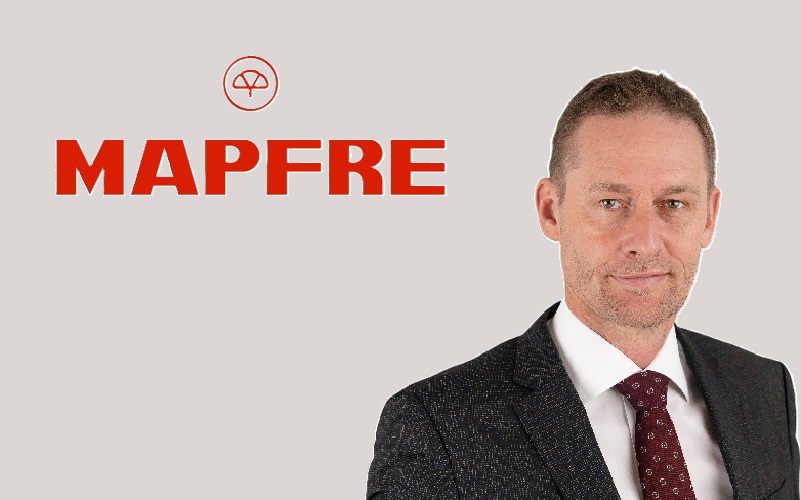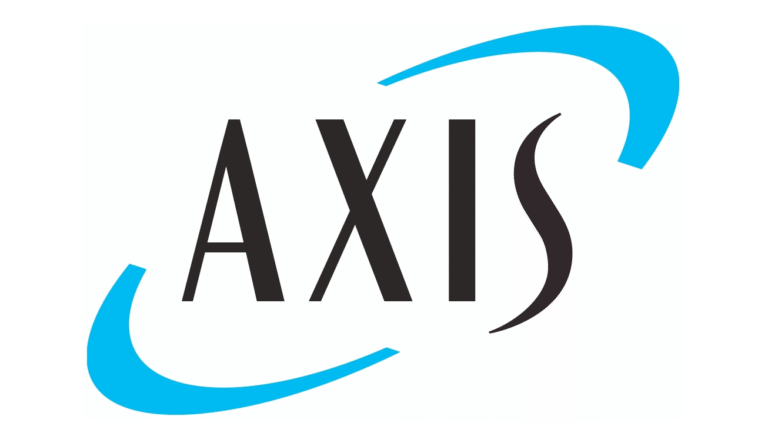
Mark Meyerhoff, Chief Regional Officer, EMEA at Spanish reinsurer MAPFRE RE, has said that as brokers push for earnings protection and frequency covers, he considers “a return to the situation of two or three years ago to be out of the question.”

“They (brokers) fundamentally have an interest in offsetting brokerage revenue shortfalls by purchasing additional lower xs points or frequency protection coverage,” he said.
“The projects, some of which have been re-introduced to the market with media attention, have nothing to do with the structures and prices of the past. Purchasing this cover may be possible, but it is currently very expensive, and the cover only takes effect much later than with the old AGG XL treaties,” continued Meyerhoff.
Looking ahead, Meyerhoff said it remains unclear how the market will evolve beyond 1/1. If reinsurance markets soften, conditions could improve from a buyer’s perspective.
He added, “At the same time, however, I could also imagine reinsurers selling this type of capacity more opportunistically and withdrawing again if the conditions are no longer right. The poor results of the past are still too fresh in the minds of many reinsurers.”
Regarding demand at the upcoming January renewals, Meyerhoff does anticipate possible higher demand for buydowns or a return to frequency protection coverage from primary insurers, as well as a trend toward purchasing on-top capacity.
He stated, “In the catastrophe business, I fundamentally see a trend to buy on-top capacity, primarily caused by deliberately higher purchasing, in order to better protect against certain scenarios; but also driven by changes in vendor models, whose updates for the higher tail areas show higher risk premiums. For 2026, there is a new factor to buy more – caused by political willingness in some European countries to introduce compulsory insurance against natural hazards for private households or companies, as we are currently seeing in Italy.
“At the lower end of CAT programmes, however, there may also be higher demand for so-called buydowns or a return to frequency protection coverage. Even though the summer of 2025 was a remarkably low-loss summer for most clients, every client is aware of what climate change in Europe means for their portfolio. I understand the interest in purchasing more coverage in this area, but whether reinsurers’ risk appetite will adequately meet demand remains to be seen.”
On the topic of pricing at 1/1, Meyerhoff highlighted that the Atlantic hurricane season is not over, and potential major events could still impact pricing in the short term.
However, he noted that the good underwriting results of reinsurers over the past two years are putting pressure on prices, explaining that many reinsurers have taken advantage of the situation to make their balance sheets more robust and resilient by building up reserves.
He continued, “Clients, and especially reinsurance brokers, know this, and the corresponding pressure on prices will be unavoidable. Nevertheless, I believe reinsurers will maintain underwriting discipline. In certain European countries, there is little scope for lower rates, and this will be reflected in reinsurers’ prices; this will also be the case with us.
“In principle, I could imagine that there will be client-differentiated pricing, meaning that good clients will receive better conditions.”
In the non-CAT business, Meyerhoff said, “We see little room for downward adjustment at MAPFRE RE, especially regarding improvements in terms and conditions for proportional contracts, where margins are only now where they should have always been.”
At Baden-Baden, where the industry meets to accelerate discussions around the January renewals, Meyerhoff expects negotiations to remain focused on purchasing reinsurance capacity for catastrophe risks.
He added, “Discussions about Property business usually take place against the backdrop of large losses or underwriting losses. However, I haven’t necessarily seen these in Europe this year, and therefore I believe the discussions will remain more about the direction in which the original Property markets are developing for 2026.
“And finally, of course, there remains the topic of European motor reinsurance, which is certainly worth discussing given the continued high level of super-imposed inflation.”
Moreover, Meyerhoff commented on the specific areas and lines where MAPFRE RE sees the most growth opportunities.
“Following the sponsoring of our CAT bond, we aim to expand our business relationships in the US market. Furthermore, we are consciously focusing on our existing and future investments in the Latin America and APAC regions, from which we expect above-average growth.
“In EMEA, we anticipate a more moderate growth. Here, the focus is clearly on consolidating the current level of profitability.
“We also have high expectations for the life business. We established a vertical unit in MAPFRE RE to manage and further expand our life portfolio. We are currently investing heavily in personnel, infrastructure, and tools and expect a corresponding return.”
Meyerhoff also spoke on how the company is leveraging emerging technologies, such as artificial intelligence (AI), stating that MAPFRE RE is the first company in the Ibex35 to develop its own AI Manifesto.
He explained that its application spans areas such as claims processing, vehicle damage assessment and appraisal, digital health, cyber protection, and climate change impact prediction, emphasising that AI allows the company to develop more personalised and efficient initiatives.
“MAPFRE has created its Artificial Intelligence Center, with 115 use cases already implemented, 40% of operations handled by virtual assistants, and over one million virtual inspections.
“The needs in reinsurance are different from those in insurance and, as of today, the use of AI at MAPFRE RE focuses mostly on automating processes and increasing efficiency. However, we are intensively coordinating with the MAPFRE Group on the future use of AI in areas such as modelling, risk management, and loss prediction. The game changer for the industry will likely be its use in underwriting,” Meyerhoff concluded.





